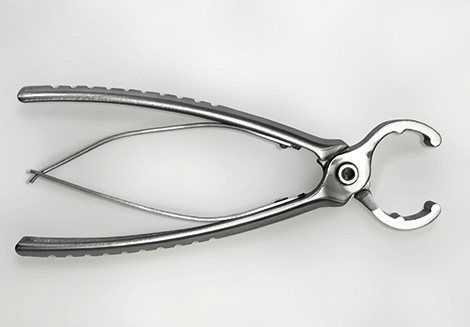
Stainless Steel 17-4PH is hardly the stuff to get pulses racing, but EOS has identified this metal alloy powder as a key component in forming industry standards for metals 3D printing.
EOS StainlessSteel 17-4PH IndustryLine consists of an iron-based metal alloy powder and specially developed process parameter for manufacturing on the EOS M 290 metal system, meeting the requirements of serial production using additive manufacturing.
The quality of each batch of EOS StainlessSteel 17-4PH IndustryLine powder delivered is ‘guaranteed by quality assurance processes’, which are part of EOS’ quality management system used for systems, powdered materials, and processes.
EOS states that the material: “Guarantees reproducible part quality through the highest degree of data reliability for material properties of the end product.
“The technology enables users to save time and cut costs considerably in the areas of downstream quality assurance and part qualification.”
A high-strength, easily curable, highly corrosion- and acid-resistant material, StainlessSteel 17-4PH is therefore ideal for manufacturing surgical and orthopedic instruments. Parts can be additionally processed, micro-blasted, and polished directly after the additive manufacturing process or also after heat treatment.
The existing material data sheets and batch-specific material test certificates contain extensive information regarding the tests used as well as the material standards – either corresponding to international standards or derived from in-house quality assurance procedures in case of the absence of international standards.
EOS CTO Dr. Tobias Abeln, explains: “Planning security and reliability are top priorities for customers who are engaged in serial manufacturing. For its StainlessSteel 17-4PH IndustryLine, EOS provides reliable and statistically proven data for the most important material properties of finished parts.”
“This significantly raises quality standards in Additive Manufacturing,” He continues. “The customer can use the data 1:1 to qualify the technology for large-scale production and therefore minimise the time required as well as cut the cost of in-house material and process qualification.”






